HDC - A story of technical expertise and passion
HDC - A story of technical expertise and passion
* by Alfredo Di Pietro - www.nuke.nonsoloaudiofili.com
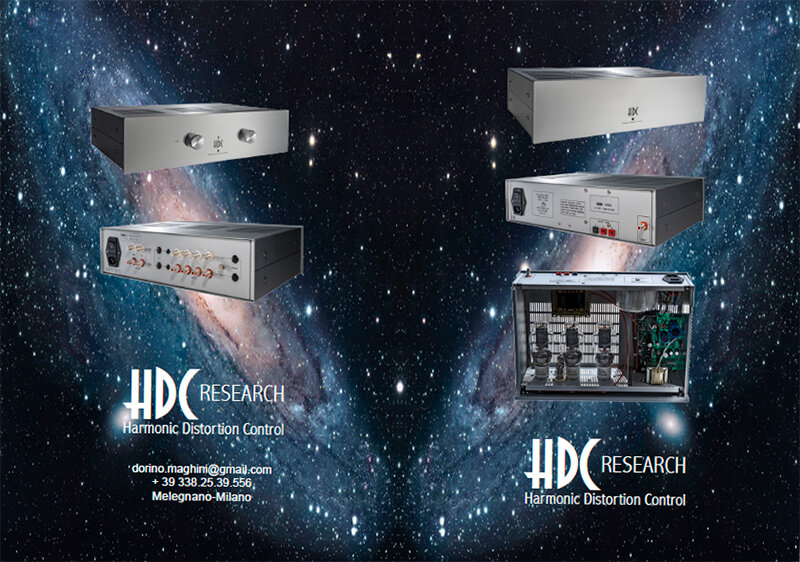
INTRO
This time, I want to curb my tendency to start "ab ovo," but some background to this story is worth mentioning. I met Dorino Maghini at the Milano Hi Fidelity 2016, the autumn edition. The large hall on the ground floor was filled with various exhibition spaces, and among them, in the center of the open space, was the booth of this previously unknown Lombard entity called "HDC Research." I've often spoken about the intrinsic value of audio shows, which are often not just showcases for glittering, multi-million-dollar objects, but also meeting places for enthusiasts and spaces for exchanging points of view with industry professionals. On the table were five devices, all valve-based, representing the brand’s production. The objects had a simple appearance, but not lacking a touch of discreet elegance. What struck me was not so much their appearance, but an open chassis revealing three large 300B triodes. I’ve seen plenty of amplifiers featuring the noble triode, but never in a triple configuration and, most importantly, mounted horizontally. I immediately thought that the designer couldn’t possibly be "bad" enough to hide those beautiful valves from the owner; there had to be some technical reason for using that strange lying-down position. I approached the exhibitor, a friendly and approachable middle-aged man, and asked him for more information about the displayed items. After a brief exchange of words, we parted with a promise: a meeting where we could talk in depth about those amplifiers. About a month later, Dorino came to visit me, ready to have a long conversation, share his story, and explain the philosophy behind his designs. He didn’t come alone but brought along various vintage photographs, circuit diagrams, brochures, and even some fundamental electronics textbooks, all of them vintage as well.
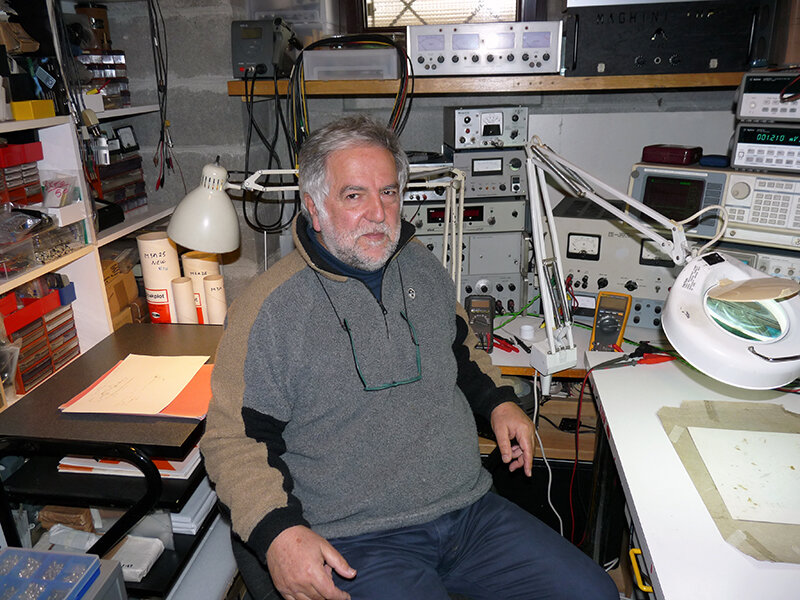
DORINO MAGHINI
A STORY OF PASSION AND TECHNICAL EXPERTISE
“A degree in physics is an extremely challenging undertaking. I continued my academic career for thirty-five years in the technical-scientific field, until 2010, when I retired from the research service. In that position, my task was to turn scientific objectives into experimental devices, meaning that from a program, I had to achieve certain theoretical results. In Italy, almost exclusively basic research is done, and this is true for physics (but not only) and, unfortunately, even today, there is very little applied research in state universities. I worked mainly on building measurement chains, handling everything required for making physical measurements. Specifically, our group, which referred to Professor Angiolino Stella, the former rector of the university, was made up of spectroscopists. We used light, from infrared to ultraviolet, as our investigative input, using optical equipment such as various devices, lenses, mirrors, even optical benches and granite benches. Each experiment was conducted based on temperature, and to lower it, we had to create a vacuum and needed all sorts of equipment to approach absolute zero, or if necessary, also raise the temperature to several hundred degrees, even up to a thousand. Therefore, a broad range of equipment was required, which also meant having electronics for signal acquisition and related measurements. All this took place in an era when everything was manual, and it was only around 1980 that computers began to arrive. So, I possess a "traditional" education, solidified during a time when physics measurements were precise, depending on parameters like temperature and the wavelength of light.
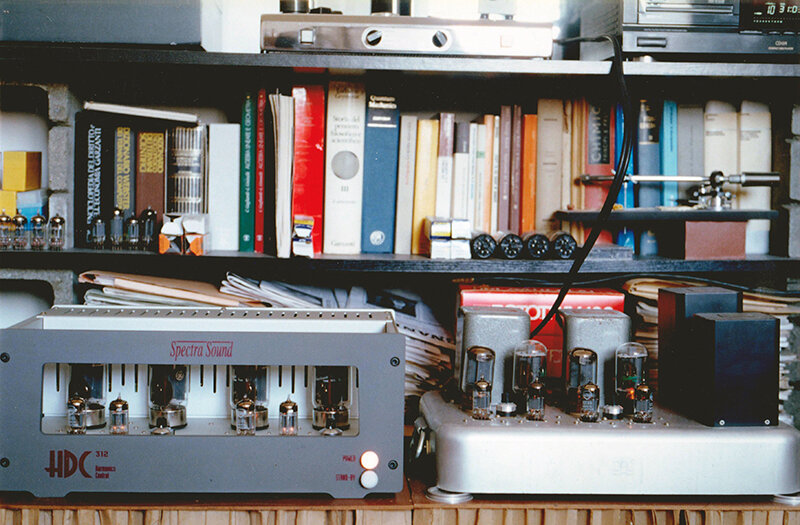
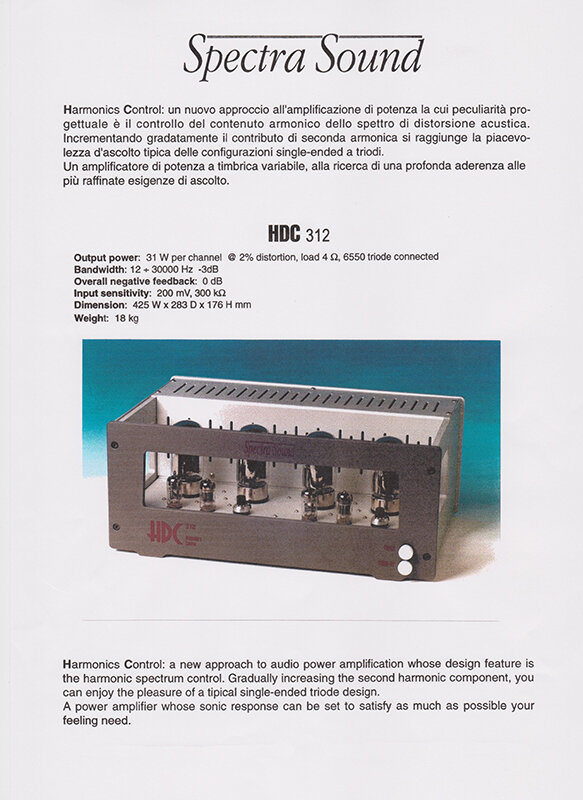
I am quite proud of what I have done. I worked within small research groups, where three, four, or five people at most were involved. Times changed, and at some point, I had to manage the transition in our physics group from everything being manual to everything being automatically acquired through the first computers. I remember buying an HP 85, a fantastic machine that was programmed in BASIC, with a small black-and-white screen, cassette-based mass storage, and four ports available to manage peripherals. Looking back now, it was truly a significant transition. At the same time, I nurtured my passion for music and audio reproduction equipment, and what does an electronics enthusiast do if not dedicate themselves to amplification? It was the 1970s, and I began experimenting with solid-state technology. The first amplifier I built was a monophonic one, using Germanium transistors with a power output of 10 Watts. It used AD 149 transistors. At that time, the industry magazines were Suono and Stereoplay, and I still have many old issues. Back then, there was the IAF (Istituto Alta Fedeltà) with the great Renato Giussani, who oversaw measurements. I am an AR enthusiast. Edgar Villchur of Acoustic Research did almost everything, invented air suspension and the dome drivers for midrange and high frequencies. He is remembered especially for inventing the air suspension loading system, a remarkable insight that made his fortune. I have at home and carefully preserve the anechoic chamber measurements for the entire series of AR speakers.
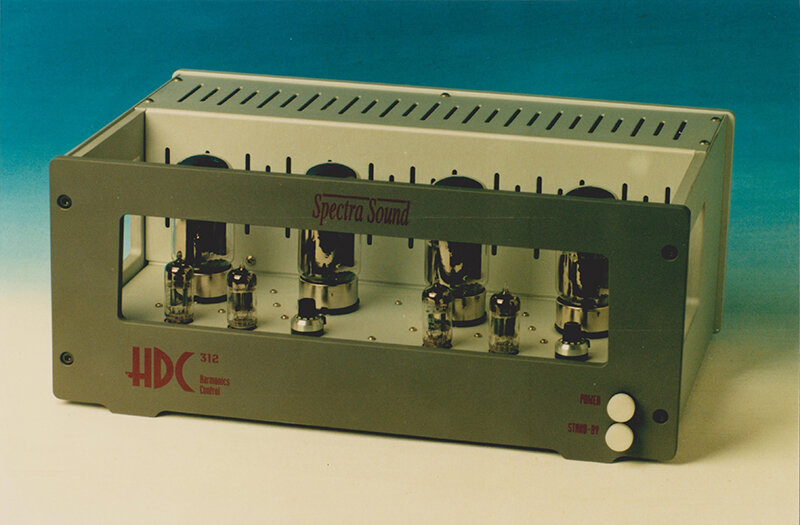
In my mature years, I did some research and discovered that the work and development to get to the AR3 was immense. Ever since I was young and couldn't afford to buy such a system, I immediately realized that the AR sound was unlike anything else. I enjoyed walking around Milan, visiting the few stores that existed, listening to them. Later, I bought an RCF BR 40. This model was my first high-fidelity speaker, just as my first turntable was the Thorens TD 150 with the Audio Dynamics ADC 550 XE cartridge. Finally, I was able to buy my first, much-desired AR. It was an MST model, the cabinet had a trapezoidal shape, and it used the components from the smaller AR 6. From that moment on, I have always stayed loyal to the AR brand. In 1983, I started developing valve electronics because, at that time, tubes were starting to reappear in industry magazines. I believe it was Stereoplay magazine that published the circuit diagram for the Williamson amplifier, which later became standard in Push-Pull designs. That was the beginning of my research, inspired by the passion I had for those magazines. However, I didn't limit myself; I would go to the library to look for the original circuit diagrams, gradually diving into the various technical issues. I then built a Williamson-type amplifier. I don't particularly like electronics coupled in direct current, because if something goes wrong, it can cause major problems. So, I built a Williamson where the final stage followed the original design, while the driver stage used the first two tubes coupled in alternating current.
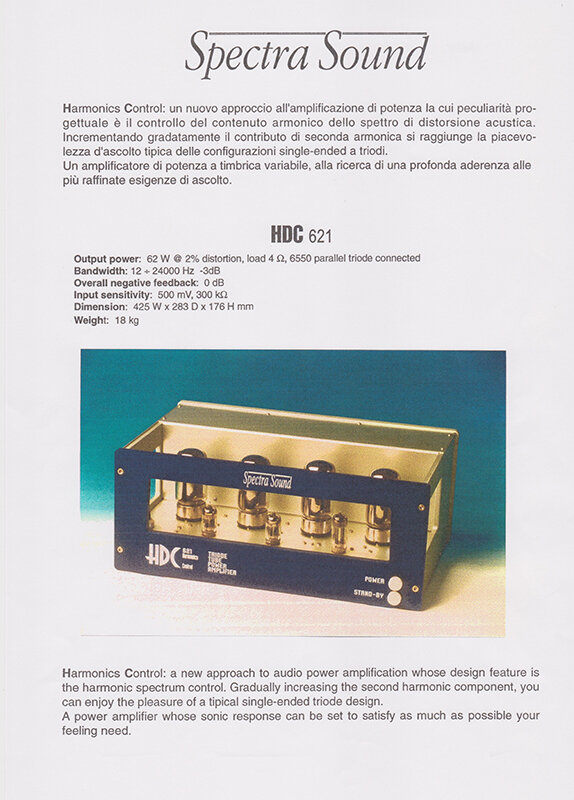
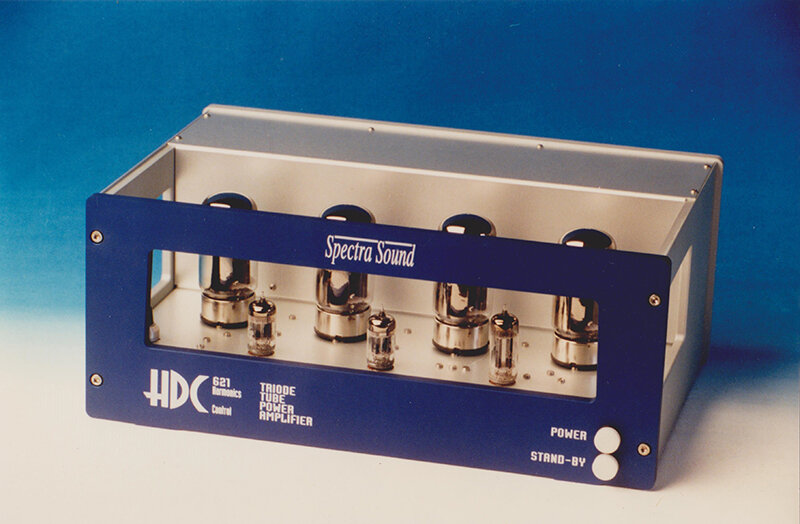
My very first tube prototype dates back to 1983. For the chassis, I used an upside-down cooking pot with the tubes placed on top. The output transformers were UTCs. Later, I began my first pseudo-commercial attempt: a stunning amplifier that I call "pseudo" because, although it was finished and intended for sale, it never took off. This object was created in 1984 and is essentially the polished version of the "cooking pot." UTC (United Transformer Corporation) was a major American brand from the 1960s, based in Chicago, which produced many types of transformers, both power and audio. The highest quality in audio came from their standard "Broadcasting" line, at the top of the possible quality range. UTC produced output transformers from milliwatt to 2500 watts of transfer capacity in the audio field. For high-end Hi-Fi, there were standard transformers dedicated to Push-Pull configurations, which were very popular at the time. There were American and European PP designs, and the most commonvalves were the 6L6, 6V6, 5881, KT66, and EL34. I discovered all these wonderful things in the university department, as these components were also used in scientific equipment, such as high-performance modulators for MRI (Magnetic Resonance Imaging). Basic MRI is a university-level topic. The Varian measurement chains, a major manufacturer of magnets, used modulators equipped with UTC transformers. I did my first measurements on these machines, so I had the opportunity to get to know them and understand them in depths.
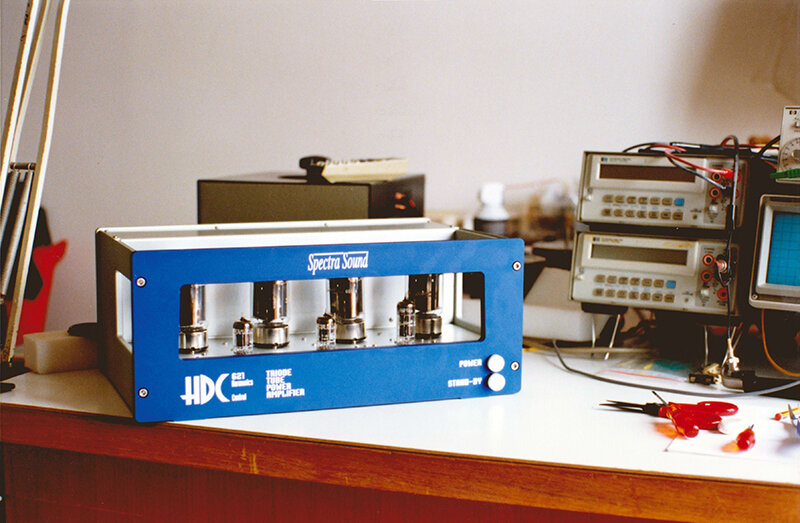
Starting from the classic Williamson design, my journey into the theoretical, design, and construction aspects began. At the same time, I delved into psychoacoustic issues, considering all the parameters of human perception. About thirty years ago, in magazines, which I no longer read regularly, only occasionally, the resurgence of the Single Ended configuration appeared, which is another significant leap back in time. It may seem paradoxical, even anachronistic, but right now, the most appreciated designs are those early ones, referring to the first circuit architectures from the period between the two world wars. From a technical perspective, transitioning from semiconductors to tube Push-Pull is somewhat analogous to the shift from Push-Pull to Single Ended. Before abandoning transistors, one must overcome real "supersonic barriers" because you can’t only rely on measurements to detect a change in sound. If you don't correlate the measurements with listening, you won't understand anything. The same thing, roughly, can happen when transitioning from Push-Pull to Single Ended. We're still talking about tubes, but the configurations are different.
In my story, there's a great friend I haven’t seen in a long time, Sergio Marullo from Top Knot. He sold vinyl records at various fairs. I met him by chance between 1994 and 2000 at a Top Audio event, during the period when I lived in Pavia. Our friendship began because of a camera I had around my neck, not because of high fidelity. Sergio has listened to everything during his career given he lived in London for twenty years, around the 1960s.
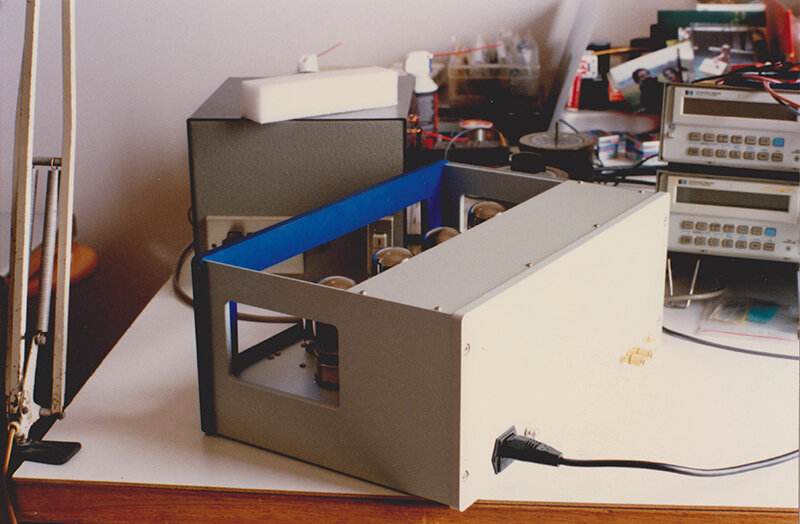
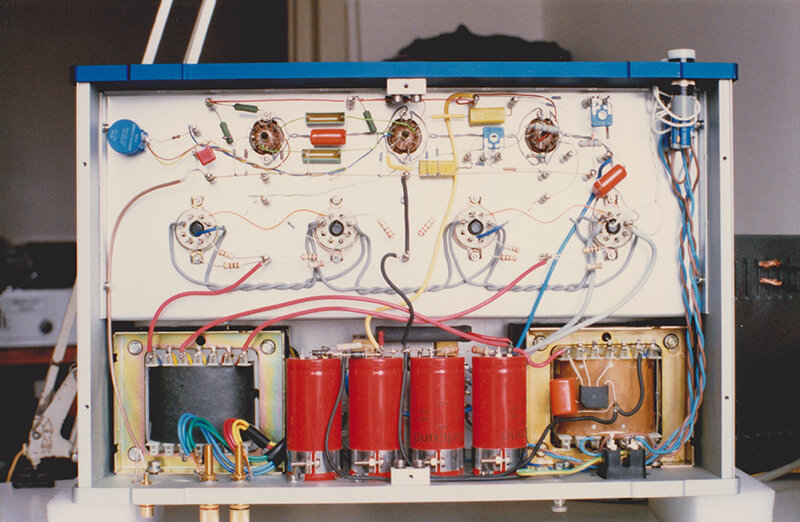
He got to know everything that the English produced, Leak, Quad, and so on. For this reason, he developed a very high critical listening ability. It was thanks to him that, in some way, I ended up building my first Single Ended amplifier around 2000. I did it to understand how it behaved in listening, in addition to studying its technical characteristics. I started the experimentation with a little 2.5-watt SE amplifier, which, at first glance, seemed to have an utterly ridiculous amount of power, and it was equipped with an 807 tube. This is a tube "tragically" known for having been used in World War II transmitters. It was a radiofrequency tube that, at full power, reached 60 MHz and 120 MHz at half power. All the transmitters in the world used it, and I believe it is still used for that purpose today. The 807 is essentially a 6L6 in a glass envelope with the anode on top. It can operate in radio frequencies because the parasitic capacities between the anode and the grid are much lower, given that the anode is placed on top. The anode sees the grid through the glass and the structure of the socket, with parasitic capacities at least one order of magnitude lower than other tubes. In terms of low-frequency parameters, it’s a 6L6 GC.
So, what did I do? Considering that the 807 is a tube still available as NOS at a low price (there are still stocks from the Second World War), my first amplifier used precisely those, few Mazda ones that I had found from a dealer. There’s a catch. When you connect them in triode mode, the power output is tiny: only 1.5 watts rated (actually, it’s around 1.4), while they dissipate 25 watts.
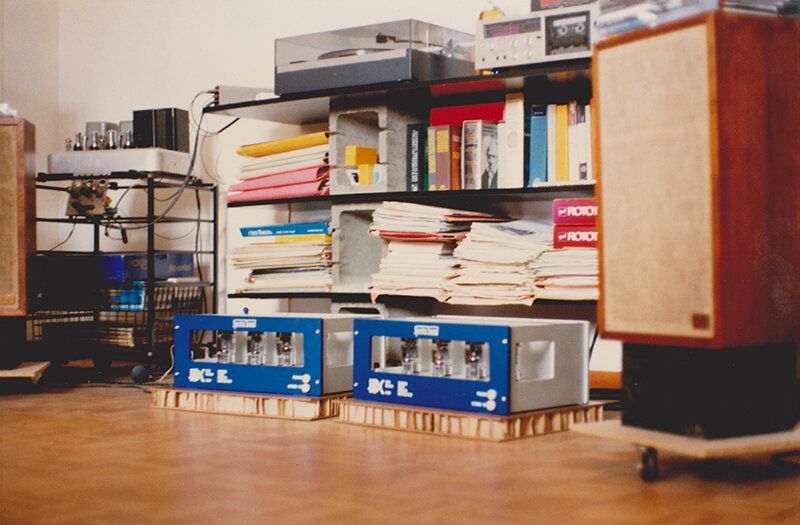
In the end, I managed to get about 2,5 watts out of it. Another problem was distortion. The 807 is a well-documented tube, precisely because it was widely used, including in American Williamson amplifiers and in Heat-Kit assembly kits. The theoretical aspects are fairly clear, but if you don’t listen to it, you can never have an accurate idea. So, I also built an SE with 2A3 tubes after Sergio brought me one he had made himself. From this experience, we made the “second step”: the transition from Push-Pull to Single Ended, that was when I realized that the theoretical concepts held true. I discovered that there was a correlation between favoring second harmonic distortion, with even-order harmonics over odd-order, and the pleasantness of the sound. The ideal Push-Pull, with an ideal output transformer and ideal tubes, mathematically eliminates even-order harmonics, and this is its "disaster." If you build one that is extremely refined, it will only distort with odd-order harmonics. Ten years ago, all amplifiers were Push-Pull because they had the advantage of delivering more power. Additionally, there is no continuous magnetization of the core in the primary winding of the transformer, and the ripple is eliminated. This is not a minor point because this results in a big advantage in the design of the output transformer, which is much easier to make in a Push-Pull configuration than in a Single Ended. In PP, there are two opposing branches of current for biasing; therefore, physically, for the same power output, the transformers are smaller, whereas in a properly designed SE amplifier, starting from 20 watts, the output transformer becomes complicated pricey, large and heavy.
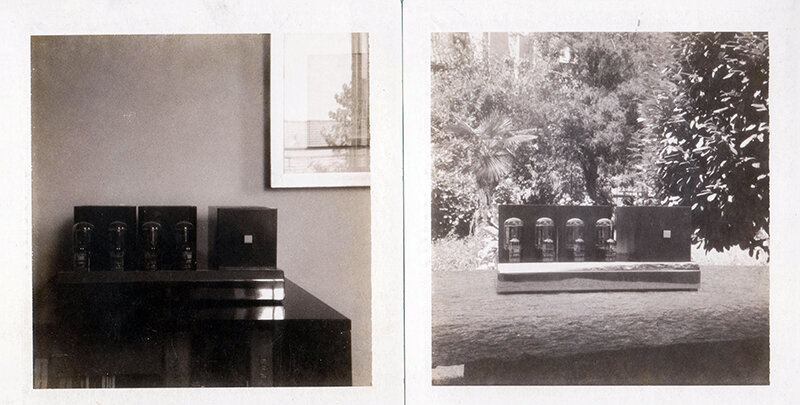
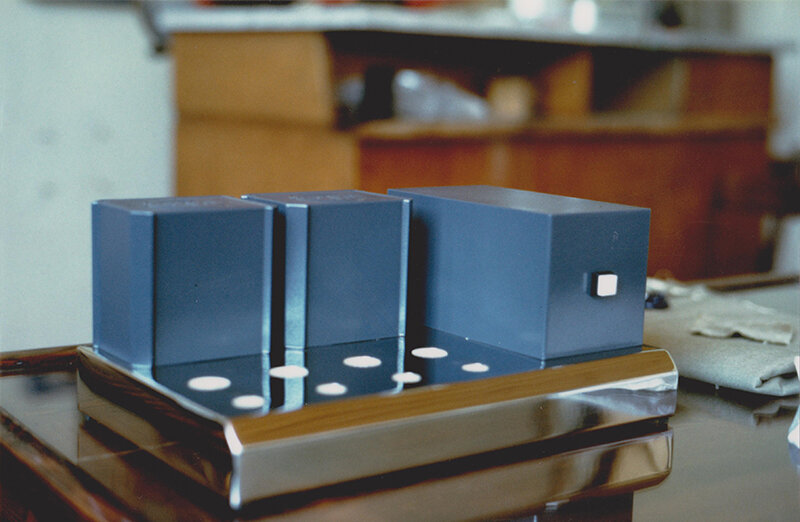
Therefore, I ended up with Single Ended. I also designed one with 46 tubes, a strange valve, still found in the department, equipped with two grids, which can be used both in triode and tetrode mode. The world of valves is endless, they were used so much (and continue to be) that there is still a huge amount of them around today. In 1936, Ken-Rad designed the 6L6 valve, a beam tetrode. This tube gave rise to a whole family of tubes with the same configuration. What were the inventors of this valve aiming for? Their goal, in the era of triodes, was to create a valve that allowed higher efficiency: superior power and much higher gain parameters. Directly heated triodes, like the 2A3 or the 300B, provide very low voltage gain. The 2A3 and 300B, which are very similar to each other, amplify voltage by four times, meaning that the voltage at the grid is multiplied by four. People at Ken-Rad had grown tired of these absurd numbers, so they invented the first beam tetrode, but at the same time, they also continued their harmonic studies. It’s important to note that power is a function of load, but distortions are also dependent on this. In the reports from the time, the second, third, and fourth harmonics were shown in graphs, and in some cases, they even included up to the seventh harmonic. We can see that the third harmonic of a 6L6 shows an upward trend, contary to the second harmonic. These designers concluded that it wasn’t ideal to run the tube at maximum power, because in this condition, the third harmonic becomes stronger than the second.
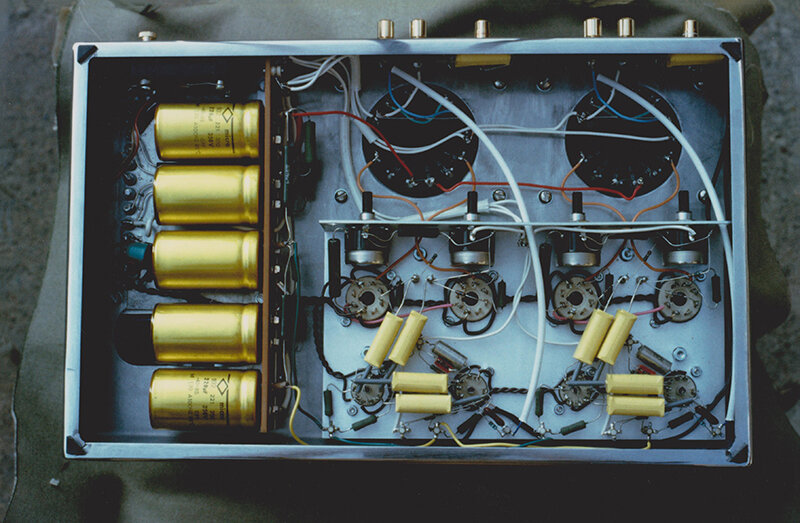
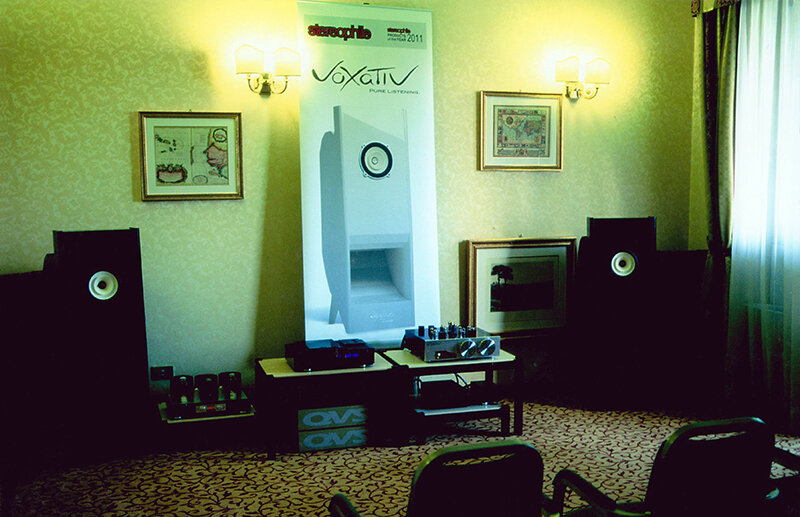
I began working by simplifying the theory, focusing on harmonic distortion over other types, such as intermodulation and transient distortion. It’s evident how the ear favors everything that is even, and this unmistakably comes through in the musical context: music progresses in octaves, and so do harmonics. This is probably why the ear is disturbed by a high rate of odd harmonics, but not by a high rate of even harmonics. One can tolerate even harmonics up to 10%, but as soon as odd harmonics appear, the sound becomes metallic. This is the theory, but if the final stage is shaped by a driver of a certain type, the distortion profile that is produced can be completely different from what was expected. Therefore, a thorough study of the driver stage is necessary, which must be in close connection with the final stage. Transistors primarily distort with odd harmonics, even though the levels are very low. Everything starts with the ear and its perception, and the Americans have always been at the forefront of research. We can liken it to a kind of power amplification that does not follow in a linear curve but a logarithmic one. Thus, as the final sensor, the ear is the first to distort with those parameters that are ultimately also the characteristics of electronic devices and transducers. Credit should be given to the Americans for having studied these aspects from the very beginning.
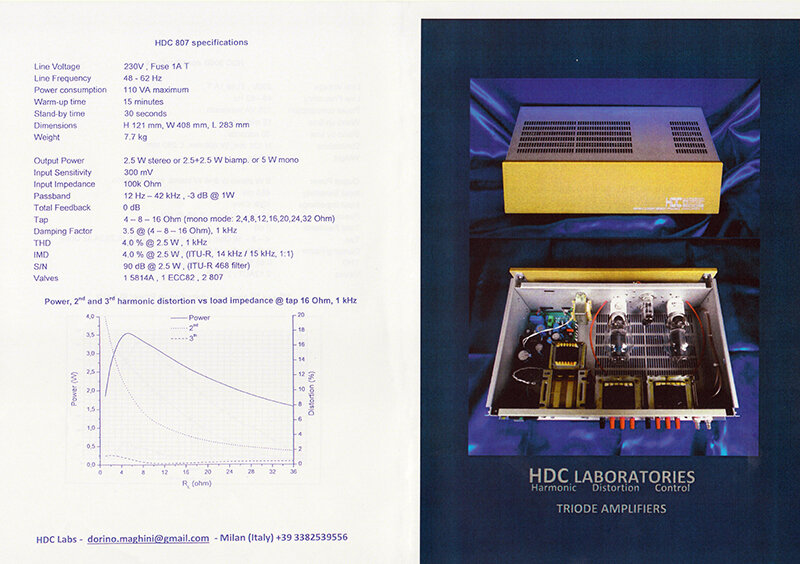
In the 1930s (as shown in an American university textbook from 1932: "Radio Engineering" by F.E. Terman), in the USA, everything was already in place, not only electronics but also the sound equipment. This is exactly what the last chapter of this book is; it is a fundamental textbook that contains all the principles of acoustics from which one can develop a discussion on audio devices. For example, it includes the frequency emission ranges of all the musical instruments in an orchestra, and all the basic knowledge you need to have before starting to design an audio reproduction device. "Radio Engineering" was published until 1960, with about twenty editions released. A notable brand was Acrosound (while Dorino speaks, he flips through the "Radio Engineering Handbook" by K. Henney), a producer of output transformers and the inventor of the ultralinear configuration, which involves applying negative feedback to an intermediate tap. Another crucial subject to address is feedback. An open-loop system, without negative feedback, is stable by definition, meaning that regardless of the way it is stimulated, it will never enter oscillation. Transferring this concept to audio, a power amplifier without feedback will never have stability problems. Since the musical signal is impulsive by nature, if feedback is present, the amplifier could start oscillating on an intense transient. It is clear that without any feedback, the device is the best it can be.”
